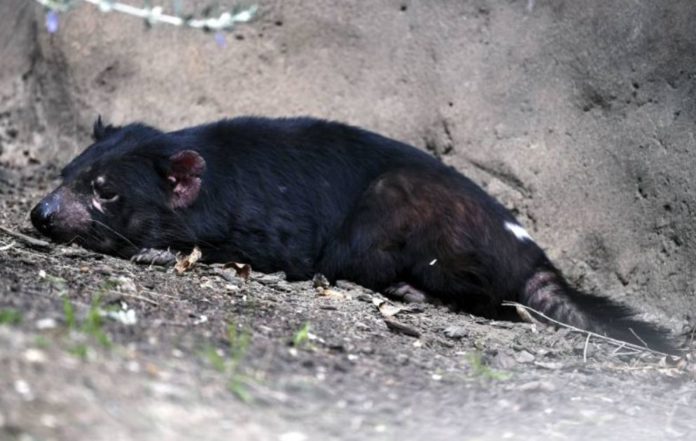Experts acknowledge that they were not prepared for such a situation and warn of the damage that kangaroo, koalas or wombats populations are suffering, among other species
The tragedy is of biblical proportions and the worst of all is that it does not seem to have a short-term solution. The wave of fires that have been ravaging Australia for months has claimed the lives of almost 500 million animals, a figure that scares and can only increase in the coming weeks given the danger of the situation.
The figure is not random but is the product of an investigation by a team from the University of Sydney. And it is so impressive that it is difficult to assimilate: 480 million animals killed by the fire, including kangaroos, koalas, wombats, Tasmanian demons and other endangered species. The case of koalas is especially worrying since it is estimated that about 8,000 would have died, almost a third of their total population.
https://www.facebook.com/NativeWildlifeRescue/posts/3697142390299139
Dr Kellie Leigh, director of Science for Wildlife, says “we are learning many lessons from this and it just shows how poorly prepared we are“. A statement collected by LadBible explains that “there are no established procedures or protocols, even wildlife caregivers do not have protocols to know when they can enter after the fire”.
Everything can get worse
Tracy Burgess, an animal hospital volunteer, leaves a piece of information that points in the worst possible direction: it is worrisome that not as many animal patients arrive as they expected. That is, unfortunately, because these animals have died in the fires, burned without being able to escape.
Mike Letnic, professor of conservation biology at the University of Sydney, explains that “with the climate so dry and the intensity of these fires, even areas of wet ravines that normally escape from the fire have burned. Animals that generally survive in these oases that do not burn can be recolonized from these shelters, but there may be very few ways to allow effective recolonization. It will depend on how many shelters are left.”
It is still too early to predict the final number of animals that will perish in the terrible fires that plague Australia. And the worst, experts say, is coming: the country is experiencing one of the greatest droughts in its history and has just entered the southern summer season, so short-term rainfall is not expected. Everything can get worse.
